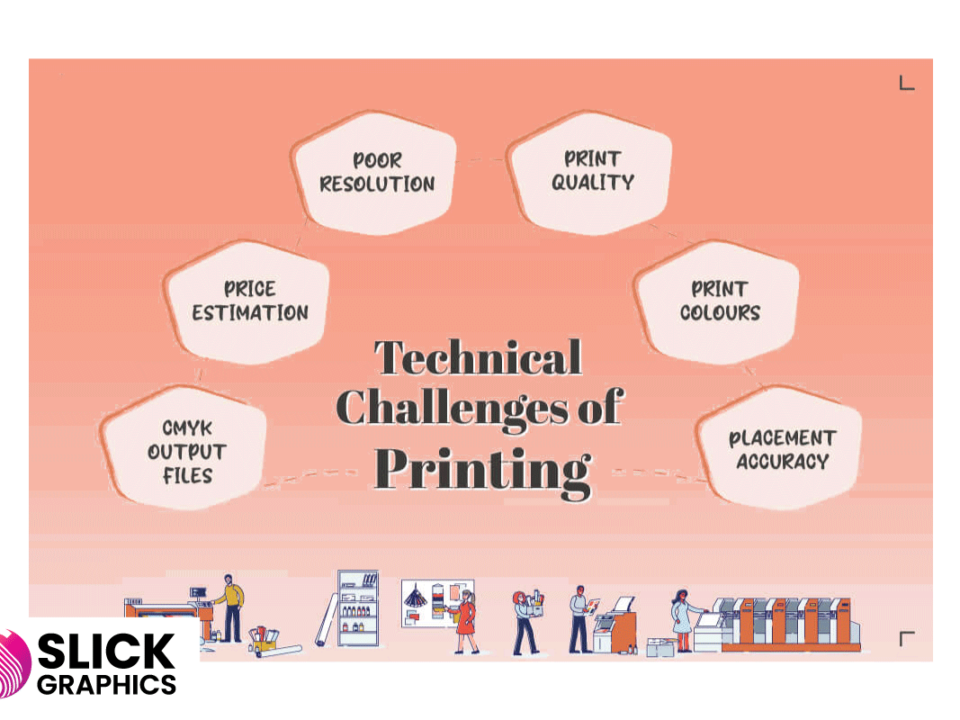Architectural Drawing Storage Options to Keep Your Space Organized
Architectural Drawing Storage Options to Keep Your Space Organized
Architectural Drawing Storage Options to Keep Your Space Organized, Architectural drawings are crucial assets in any architectural or design firm. These documents, whether blueprints, sketches, or final designs, represent hours of creative work and technical precision. Proper storage of these drawings is essential not only for preserving their integrity but also for maintaining an organized workspace. Here are some storage options to help you keep your architectural drawings safe, accessible, and organized.
1. Flat File Cabinets
Flat file cabinets are a popular choice for storing large-format drawings and blueprints. These cabinets allow you to store drawings flat, reducing the risk of wrinkles, creases, or damage. They come in various sizes and can hold a significant number of documents. The drawers are usually labeled, making it easy to find specific drawings quickly.
Pros:
- Protects drawings from damage.
- Easy access and organization.
- Durable and long-lasting.
Cons:
- Can be expensive.
- Takes up floor space.
2. Rolled Storage Solutions
If space is limited, rolling your architectural drawings and storing them in tubes or upright bins is a practical solution. Storage tubes are typically made of sturdy materials that protect the contents from dust, moisture, and physical damage. Vertical bins or racks can be used to organize multiple tubes, ensuring that each drawing is easy to find and retrieve.
Pros:
- Space-efficient.
- Portable and easy to transport.
- Affordable.
Cons:
- Drawings can develop curves over time.
- Requires careful labeling to avoid mix-ups.
3. Hanging File Systems
Hanging file systems are another effective way to store large-format drawings. These systems allow you to hang drawings on metal clamps or rods within a vertical cabinet, which keeps them flat and accessible. Hanging file systems are particularly useful for active projects where drawings need to be frequently accessed and updated.
Pros:
- Keeps drawings flat and easily accessible.
- Saves floor space.
- Ideal for active project management.
Cons:
- Initial setup cost can be high.
- Requires ample wall space.
4. Digital Storage Solutions
In today’s digital age, many architects and designers opt for digital storage solutions. By scanning and storing drawings digitally, you can reduce physical clutter and make it easier to share and back up important documents. Cloud storage services offer secure, remote access to your files, allowing you to retrieve them from anywhere.
Pros:
- Reduces physical storage needs.
- Easy to share and access files remotely.
- Protects against physical damage and loss.
Cons:
- Initial digitization process can be time-consuming.
- Requires reliable digital infrastructure.
5. Archival Storage Boxes
For long-term storage of less frequently accessed drawings, archival storage boxes are an excellent option. These boxes are acid-free and designed to protect sensitive documents from deterioration over time. They can be labeled and stacked, making them easy to organize and retrieve when needed.
Pros:
- Protects drawings from environmental damage.
- Stackable and easy to organize.
- Cost-effective for long-term storage.
Cons:
- Not ideal for frequently accessed drawings.
- Takes up space.
6. Plan Racks and Wall-Mounted Storage
For easy access to large-format drawings, plan racks and wall-mounted storage systems are practical options. These allow you to store drawings vertically, either on racks or directly on the wall. This setup is ideal for workspace where quick access to multiple drawings is necessary, such as construction sites or design studios.
Pros:
- Quick access to multiple drawings.
- Saves floor space.
- Easy to organize.
Cons:
- Drawings may be exposed to environmental factors.
- Not suitable for long-term storage.
7. Mobile Storage Solutions
If you need flexibility in your workspace, mobile storage solutions like carts or rolling cabinets can be very effective. These allow you to move your drawings easily from one location to another, which is particularly useful in dynamic work environments.
Pros:
- Portable and flexible.
- Ideal for dynamic work environments.
- Can be used in conjunction with other storage methods.
Cons:
- Limited storage capacity.
- Drawings may be more susceptible to damage.
Conclusion
Choosing the right storage solution for your architectural drawings depends on your specific needs, available space, and budget. Whether you opt for flat file cabinets, rolled storage, or digital solutions, maintaining an organized system is key to protecting your valuable work and keeping your workspace efficient. By investing in the right storage options, you can ensure that your drawings remain safe, accessible, and in pristine condition for years to come



